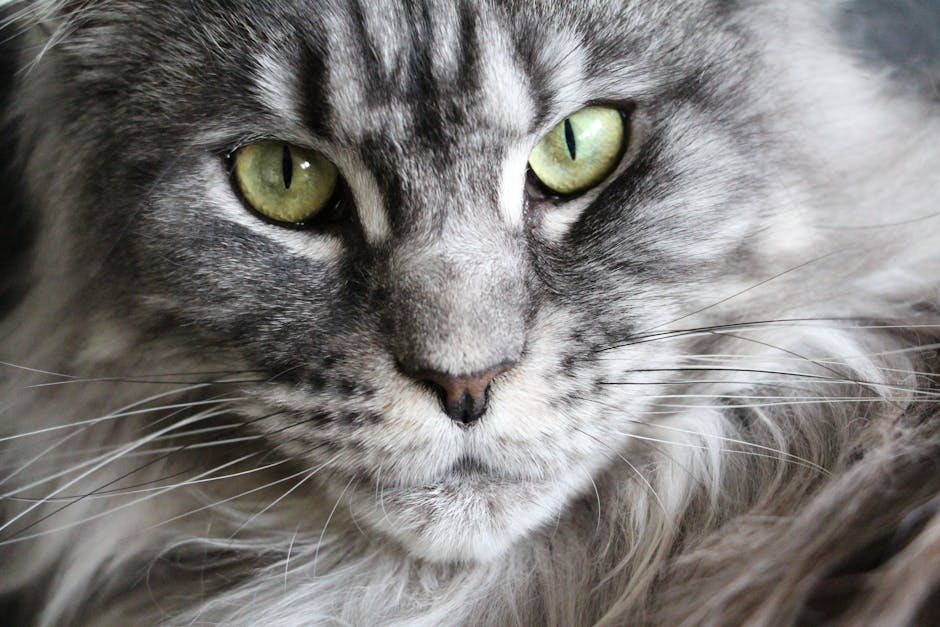Recognizing the Early Signs of Diabetes in Cats
Recognizing the early signs of diabetes in our feline friends can be a bit tricky. Cats, being the independent and somewhat secretive creatures they are, have a knack for hiding their discomfort. However, with a keen eye and a little knowledge, you can spot the subtle changes that might indicate your cat is developing diabetes.
Diabetes in cats is a condition where the body either doesn’t produce enough insulin or doesn’t use it effectively. Insulin is a hormone that helps regulate the amount of sugar in the bloodstream. When this balance is off, it can lead to a host of health problems. But don’t worry, we’re here to help you understand the early signs so you can get your furry friend the help they need.
One of the first signs you might notice is an increase in thirst.
Cats are generally not big drinkers, so if you find yourself refilling the water bowl more often or notice your cat making frequent trips to the sink or toilet, it could be a sign of diabetes. This increased thirst often goes hand in hand with increased urination. So, if your cat is using the litter box more frequently or you’re finding little accidents around the house, it’s time to pay attention.
Another early sign of diabetes in cats is a change in appetite. Some cats may eat less than usual, while others might seem greedy, even if they’re being fed their regular amount. This change in eating habits can often lead to noticeable weight loss, another red flag. If your cat is eating more but still losing weight, it’s time to consult with your vet.
You might also notice a change in your cat’s behavior. Cats with diabetes can become lethargic, showing less interest in play and spending more time sleeping. They may also become less groomed, as cats with diabetes often lack the energy to maintain their usual grooming habits. This can lead to a dull, dry coat and even dandruff.
Another sign to look out for is weakness in the hind legs.
Cats with diabetes can develop a condition called diabetic neuropathy, which can cause a noticeable change in the way they walk or jump. If your cat seems to be having trouble with movements they used to do with ease, it’s worth getting them checked out.
Finally, recurrent infections can also be a sign of diabetes in cats. High blood sugar levels can suppress the immune system, making it harder for your cat to fight off infections. If your cat seems to be getting sick more often than usual, it could be a sign of an underlying issue like diabetes.
Remember, these signs can also be symptoms of other health issues, so it’s important not to jump to conclusions. If you notice any of these changes in your cat, the best thing to do is schedule a visit with your vet. They can run tests to determine if diabetes is the cause and guide you on the best course of action to manage your cat’s health.
Catching diabetes early can make a big difference in your cat’s quality of life.
So, keep an eye out for these signs, and remember, when it comes to your cat’s health, you’re their best advocate.

2 replies to "Symptoms of Diabetes in Cats"
Temp mail You’re so awesome! I don’t believe I have read a single thing like that before. So great to find someone with some original thoughts on this topic. Really.. thank you for starting this up. This website is something that is needed on the internet, someone with a little originality!
Thanks